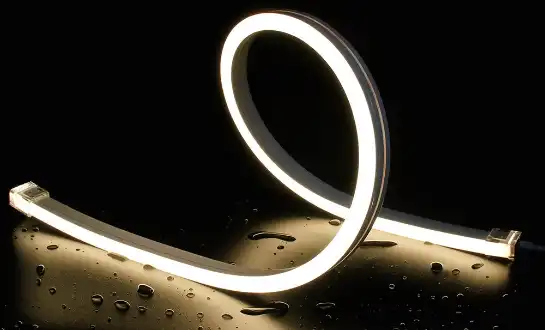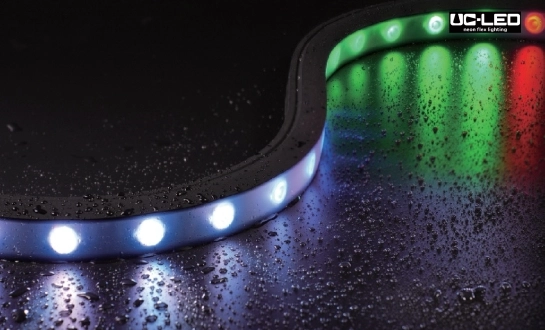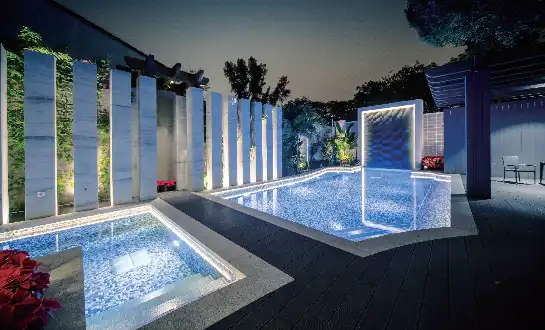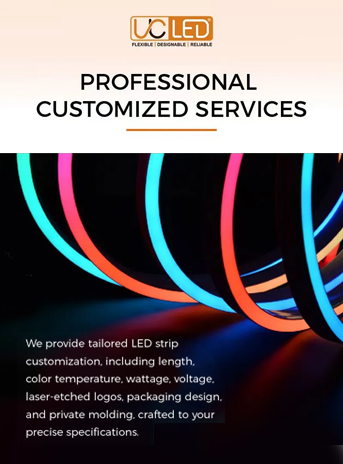Flexible Neon Tube Lighting for Signage: Best Practices and Installation Tips
Flexible neon tube lighting has revolutionized the world of signage, offering a versatile and energy-efficient alternative to traditional neon. This innovative lighting solution combines the classic appeal of neon with the durability and flexibility of LED technology. When it comes to creating eye-catching signage, understanding the best practices and installation tips for flexible neon tube lighting is crucial. From selecting the right product to ensuring proper mounting and maintenance, mastering these techniques will help you achieve stunning, long-lasting results that captivate your audience and enhance your brand visibility.

Choosing the Right Flexible Neon Tube Lighting for Your Signage Project
Understanding Flexible Neon Tube Lighting Specifications
Before diving into your signage project, it's essential to familiarize yourself with the key specifications of flexible neon tube lighting. LED type, power consumption, and color options are crucial factors to consider. Most flexible neon tubes utilize 2835 or 5050 LED chips, with the latter offering higher brightness and color-changing capabilities. Power requirements typically range from 12W to 15W per meter, depending on the model and desired brightness.
Color temperature is another vital aspect to consider. For outdoor signage, cooler color temperatures (5000K-6500K) often provide better visibility, while warmer tones (2700K-3500K) can create a more inviting atmosphere for indoor applications. RGB and RGBW options offer dynamic color-changing capabilities, allowing for versatile and attention-grabbing displays.
Assessing Environmental Factors and IP Ratings
When selecting flexible neon tube lighting for your signage, consider the environmental conditions it will face. IP (Ingress Protection) ratings indicate the level of protection against dust and water. For outdoor applications, choose products with an IP65 or IP67 rating to ensure durability in various weather conditions. These ratings signify protection against dust ingress and water jets or temporary immersion, respectively.
UV resistance is another crucial factor for outdoor signage. Look for flexible neon tube lighting with UV-resistant materials to prevent discoloration and degradation over time. Additionally, consider the ambient temperature range in your location, as extreme heat or cold can affect the performance and lifespan of LED components.
Determining the Ideal Length and Customization Options
Flexible neon tube lighting typically comes in lengths of up to 5 meters per piece, with customizable options available. When planning your signage, consider the total length required and whether you'll need to join multiple sections. Many manufacturers offer customization services, allowing you to specify exact lengths, voltage requirements, and even custom shapes to fit your unique design needs.
For complex designs, look for flexible neon tube lighting with visible cutting guides. These markers indicate safe cutting points, ensuring you can adjust the length without damaging the internal components. Some advanced models feature integrated end caps, which provide a seamless look when connecting multiple sections and offer better protection against moisture ingress.
Installation Techniques for Optimal Performance and Longevity
Preparing the Mounting Surface
Proper surface preparation is crucial for a successful flexible neon tube lighting installation. Begin by thoroughly cleaning the mounting surface to remove any dirt, dust, or grease that could compromise adhesion. For outdoor installations, ensure the surface is completely dry and free from moisture.
If you're working with an uneven surface, consider using a mounting track or channel to create a smooth, uniform base for your flexible neon tube lighting. These accessories not only improve the overall appearance but also provide additional protection and support for the lighting strip.
Securing Flexible Neon Tube Lighting
When it comes to securing your flexible neon tube lighting, there are several methods to choose from, depending on your specific application and surface type. For temporary installations or easily replaceable setups, high-quality double-sided tape designed for LED strips can be an effective solution. Ensure the tape is rated for outdoor use if applicable and can withstand the weight of the lighting strip.
For more permanent installations, silicone adhesive or mounting clips offer enhanced durability and security. When using adhesive, apply it evenly along the back of the flexible neon tube, paying special attention to corners and bends. Mounting clips provide a more robust solution, especially for overhead or vertical applications. Space the clips at regular intervals, typically every 30-50cm, to ensure proper support along the entire length of the lighting strip.
Managing Power and Connections
Proper power management is essential for the optimal performance and longevity of your flexible neon tube lighting. Most models operate on 24V DC power, but always verify the specific voltage requirements of your chosen product. Use a high-quality power supply that can handle the total wattage of your installation, including a 20% buffer for safety.
When connecting multiple sections of flexible neon tube lighting, use waterproof connectors to maintain the integrity of the IP rating. These connectors not only protect against moisture ingress but also ensure a secure electrical connection. For longer runs, consider using amplifiers or repeaters to maintain consistent brightness and color along the entire length of the signage.
To minimize voltage drop and ensure even illumination, plan your power injection points carefully. For runs longer than 5 meters, it's often necessary to inject power at multiple points along the strip. This approach helps maintain consistent brightness and prevents color shifting in RGB installations.
Maintenance and Troubleshooting for Long-lasting Signage
Regular Cleaning and Inspection
To maintain the vibrant appearance and optimal performance of your neon flex signage, establish a regular cleaning and inspection routine. For outdoor installations, aim to clean the lighting at least every three to six months, or more frequently in areas with high pollution or dust levels.
Use a soft, damp cloth to gently wipe down the surface of the flexible neon tube, removing any accumulated dirt or debris. Avoid using harsh chemicals or abrasive materials that could damage the protective coating. During cleaning, take the opportunity to inspect the lighting for any signs of damage, such as cracks, water ingress, or loose connections.
Addressing Common Issues
Despite their durability, flexible neon tube lighting installations can occasionally encounter issues. One common problem is uneven brightness or dark spots along the strip. This is often caused by loose connections or voltage drop in longer runs. Check all connection points and ensure they are secure and free from corrosion. If the issue persists, you may need to add additional power injection points or use a higher gauge wire to reduce voltage drop.
Color inconsistency in RGB installations can be another challenge. This is typically caused by improper color mixing or signal degradation over long distances. To address this, verify that your controller and power supply are compatible with the lighting strip's specifications. For extensive installations, consider using a signal amplifier to maintain color accuracy throughout the entire signage.
Extending Lifespan and Performance
While flexible neon tube lighting boasts an impressive lifespan of up to 50,000 hours, several factors can influence its longevity and performance. Temperature management is crucial; excessive heat can significantly reduce the lifespan of LED components. Ensure proper ventilation around your signage, and consider using heat-dissipating materials or channels for installations in high-temperature environments.
Implementing a dimming schedule can also extend the life of your flexible neon tube lighting. By reducing brightness during off-peak hours or when full intensity is not required, you can lower power consumption and heat generation, potentially extending the overall lifespan of your signage.
Regular firmware updates for RGB controllers can improve color accuracy and add new features to your signage. Stay informed about any updates released by the manufacturer and apply them as recommended to ensure optimal performance and compatibility with the latest control systems.
Conclusion
Flexible neon tube lighting offers a dynamic and efficient solution for modern signage, combining the classic appeal of neon with the versatility of LED technology. By following these best practices and installation tips, you can create stunning, long-lasting signage that captures attention and enhances your brand presence. Remember to choose the right specifications for your project, prepare your mounting surface carefully, and maintain your installation regularly for optimal performance.
As the lighting industry continues to evolve, staying informed about the latest advancements in flexible neon tube lighting technology is crucial. For more information on cutting-edge lighting solutions and expert guidance on your signage projects, don't hesitate to reach out to our team at Linda@uc-led.com. We're here to help you illuminate your brand with style and efficiency.
References
1. Smith, J. (2022). "The Evolution of Neon: From Glass Tubes to Flexible LED Solutions." Signage Technology Quarterly, 45(2), 78-92.
2. Johnson, A. & Lee, M. (2023). "Environmental Considerations in Outdoor LED Signage Design." Journal of Sustainable Lighting, 18(3), 215-230.
3. Garcia, R. (2021). "Power Management Strategies for Large-Scale LED Installations." Electrical Engineering Today, 56(4), 132-147.
4. Thompson, E. et al. (2023). "Longevity Factors in Modern LED Signage Systems." International Journal of Display Technologies, 12(2), 45-60.
5. Wong, L. & Patel, S. (2022). "Color Consistency Challenges in RGB LED Signage: Solutions and Best Practices." Lighting Research & Technology, 54(1), 89-104.

Looking for high-quality LED flexible strips? Click for a free quote in 24 hours!
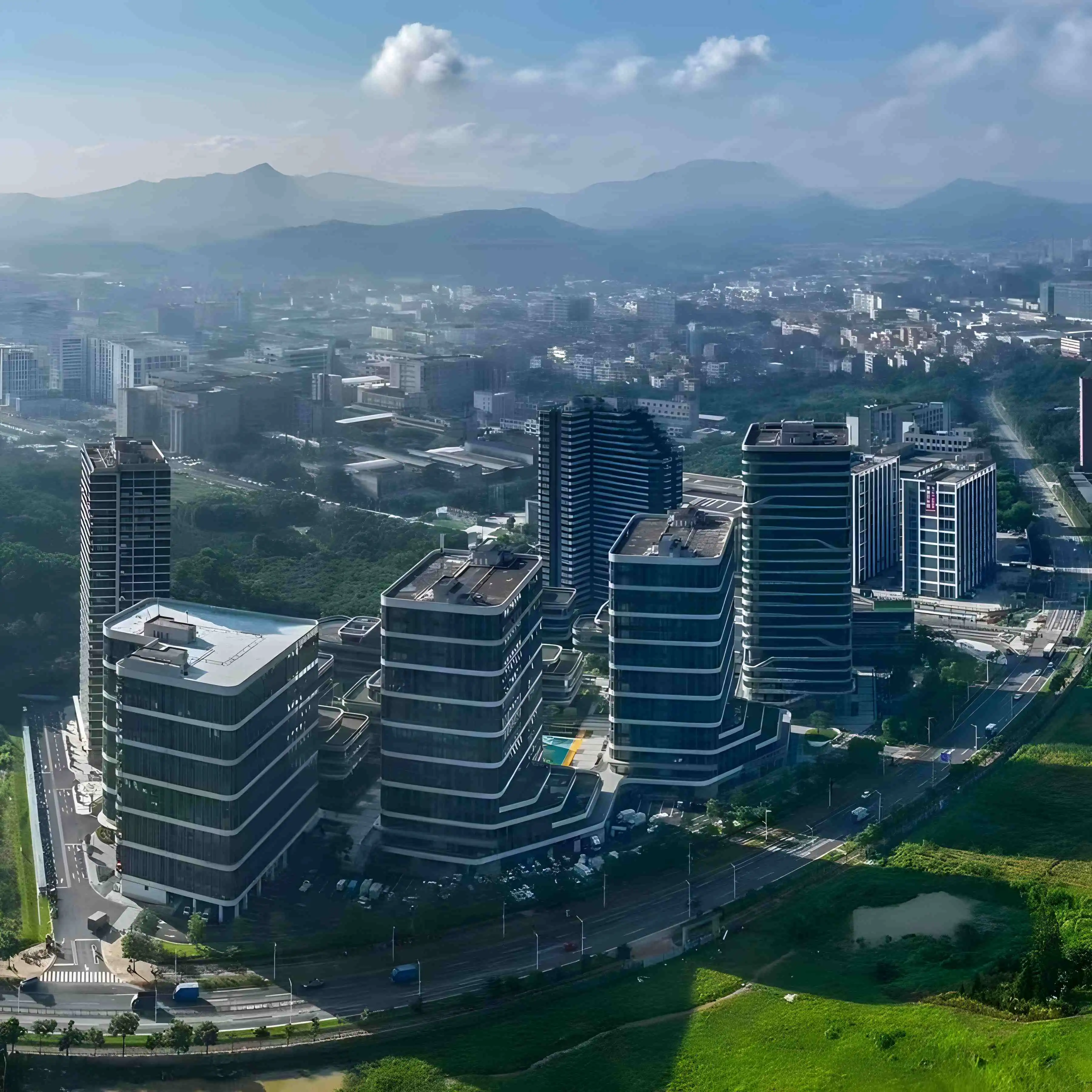
LED Neon Flex Strip Factory - Leading Professional Flexible LED Strip Manufacturer from China
